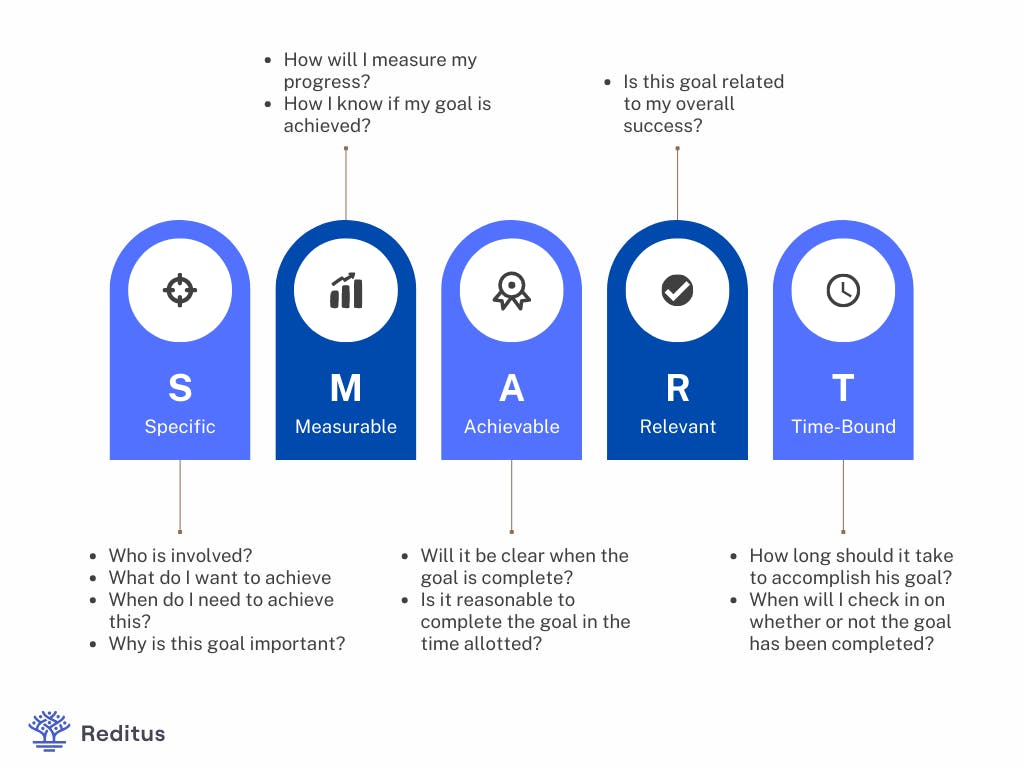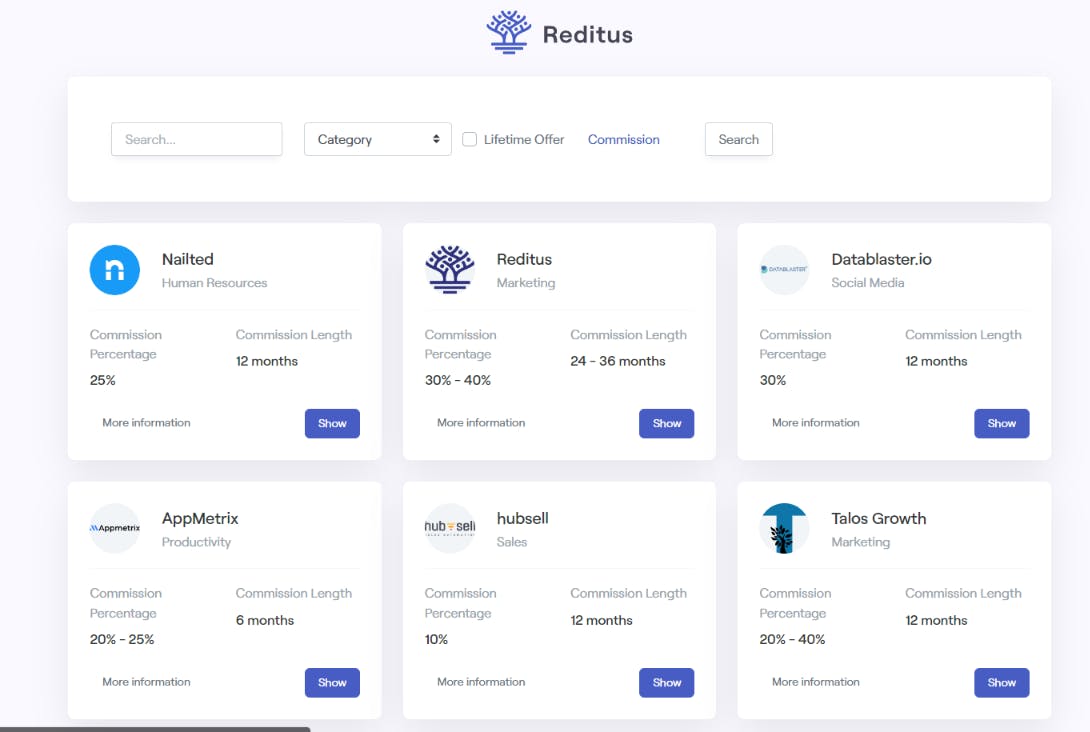So, you decided to start an affiliate program. Congratulations — that’s no small feat! To make the most of your affiliate program, you need a strategy. A good affiliate marketing strategy can help you reach new audiences, boost customer acquisition and retention, and grow your business.
Today, we’ll show you how to create a winning affiliate marketing strategy for your SaaS company and key concepts and best practices to keep in mind. It’s time to bring those affiliates on board!
Let’s get started.
Table of contents
What Is an Affiliate Marketing Strategy?
An affiliate marketing strategy is a plan you create to increase awareness and sales of your product through third-party affiliates. An effective affiliate marketing strategy helps you incentivize third-party platforms to promote your product and create content that drives leads and sales.
Understanding the different types of affiliates and the incentives you can use to motivate them is essential.
You can partner with influencers, content creators, or traditional media sources. Each type of affiliate brings something different to the table, and understanding what they need and want will help you craft an effective strategy.
You can still benefit from an affiliate marketing program even if your company isn’t a vast SaaS juggernaut.
Smaller companies might not have the budget to pay hefty commissions, but they can still benefit from increased visibility and reach new audiences.
Who Should Use an Affiliate Marketing Strategy?
An affiliate marketing strategy is almost essential for any SaaS executive who wants to grow their business. If you’re looking to expand your user base, increase conversions, and boost your bottom line, an affiliate program is a great way to do it.
Affiliate marketing can be especially effective for SaaS companies. Since the cost of customer acquisition is typically high for SaaS, affiliates can help you reduce costs by introducing your product to new customers and driving more sales.
What Should Your Affiliate Marketing Strategy Include?
Your affiliate marketing strategy should include a plan for recruiting and onboarding affiliates and managing and tracking campaigns. It should also include any specific goals you have for your program.
When creating your strategy, consider the following elements:
- Recruiting affiliates. Identify key influencers and networks that could help you reach your target audience. See also this article on how to find affiliates.
- Onboarding affiliates. Could you create an onboarding process that guarantees affiliates understand the program requirements and have the resources to promote your product?
- Campaign management. Develop guidelines for campaigns, such as payout structure and creative assets.
- Tracking and reporting. Set up processes for tracking and reporting on campaign performance.
- Goal setting. Could you set realistic goals for your program, such as increasing customer acquisition or reaching an inevitable return on investment?
To ensure your affiliate program is as effective as possible, you must also:
- Create incentives. Offering competitive commission rates, performance bonuses, and other rewards can motivate affiliates to promote your product.
- Track individual performance. Could you measure the performance of each affiliate and adjust campaigns accordingly?
- Establish rules and guidelines. Ensure your affiliates understand what is expected of them, such as adhering to a specific language or design guidelines.
- Monitor activity. Regularly review affiliates’ activity to ensure they are following the rules and not using tactics that could damage your brand.
- Communicate. Develop a system for communicating with affiliates, such as a newsletter or dedicated messaging platform.
What Are the Steps to Designing an Effective Affiliate Marketing Strategy?
Now that you know what to include in your affiliate marketing strategy, it’s time to put it together. The steps to designing an effective affiliate marketing strategy are as follows:
1. Set goals
As with anything in marketing, you setting goals is paramount to success. Determine what you want to achieve with your affiliate programs, such as customer acquisition or increased revenue.
Refrain from settling for vague goals. Get specific and create measurable objectives so you can track the progress of your program and measure the return on your investment.
For instance, decide how much revenue you want to generate or what percentage of customers you’d like to acquire through the program.
This might seem redundant, but it will help you determine if your program works and how to improve it.
We recommend the SMART approach to goal-setting, which stands for Specific, Measurable, Achievable, Relevant, and Time-based.

Making your goals, SMART will help you focus your resources and efforts on initiatives that are most likely to produce the desired outcome.
2. Define your recruiting process
Once you have a goal in mind, it’s time to start recruiting affiliates.
The key here is to find affiliates and networks with audiences that align with your own. Be bold and think outside the box, too. Social media influencers, bloggers, communities, and other sources can all be viable options.
You can also join an affiliate marketplace that connects brands to relevant affiliates.
Reditus’ marketplace, for example, makes it easy to find and onboard the best-performing affiliates for your program.

Find a marketplace that fits your needs and offers the resources to help you manage your program.
3. Design a campaign management framework
Now that you have recruited affiliates, it’s time to set up campaigns. This includes creating guidelines, terms and conditions of the program, assets such as banners or logos, and commission rates.
It’s essential to set clear guidelines for affiliates so everyone is on the same page. This will ensure that your communications and campaigns are consistent with your brand messaging.
You should also track the performance of each affiliate and adjust campaigns accordingly. This will help you identify which affiliates drive the most conversions and determine who should be rewarded.
4. Optimize, optimize, and optimize
Lastly, you need to optimize your program. This includes experimenting with different tactics, such as changing commission rates or offering incentives.
You should also analyze the data to identify trends or improvement opportunities. Doing so will help you identify areas of the program that are working and those that need to be tweaked or replaced.
The key to optimization is staying on top of industry trends, experimenting with new tactics, and continually measuring and analyzing the data.
5. Review your strategy
Regularly review your program to ensure that affiliates follow the rules and avoid using tactics that could damage your brand.
Communicate frequently with your affiliates and respond to inquiries on time. Recognizing good performance is essential, so reward top performers with bonuses, gifts, or other incentives.
By monitoring and optimizing your affiliate marketing program, you’ll position yourself to maximize returns, build customer loyalty, and enhance your brand reputation. Doing the work upfront will help you ensure long-term success.
Final Words
Affiliate marketing is an effective way to drive sales and increase your customer base. As a SaaS executive, you can leverage the power of influencers and networks to promote your products or services cost-effectively.
Without the right strategy, though, your efforts may be wasted. Following the five steps outlined here, you’ll set yourself up for success and position your program for long-term growth.

